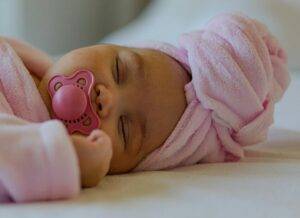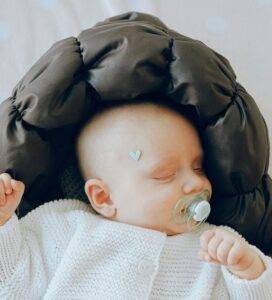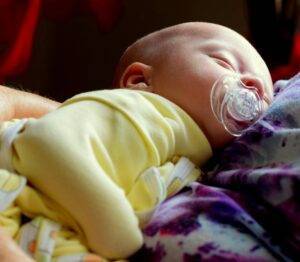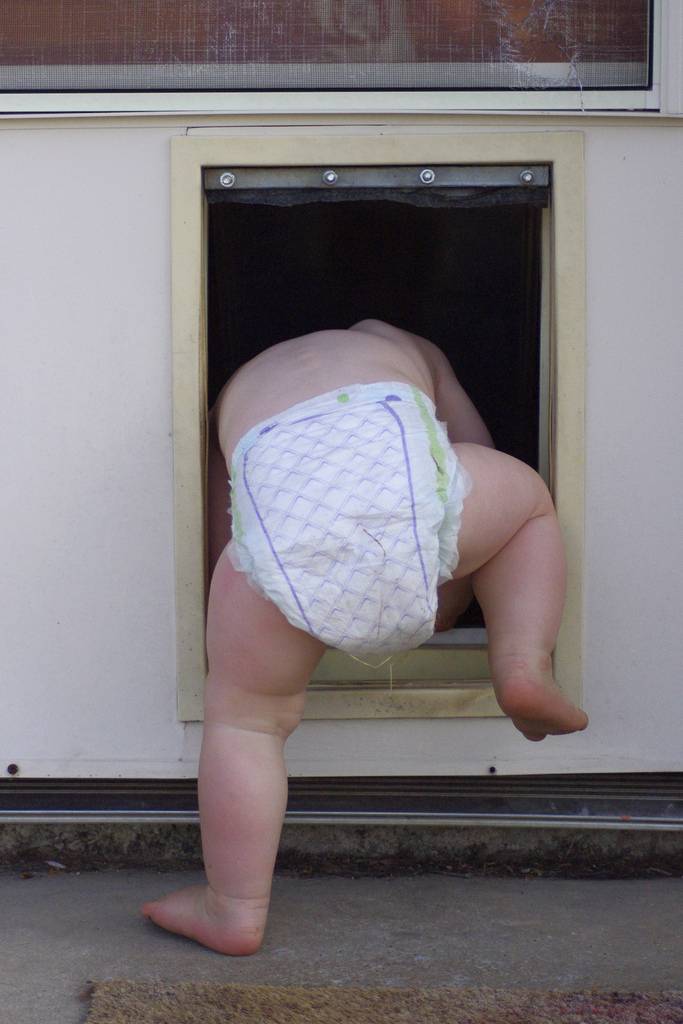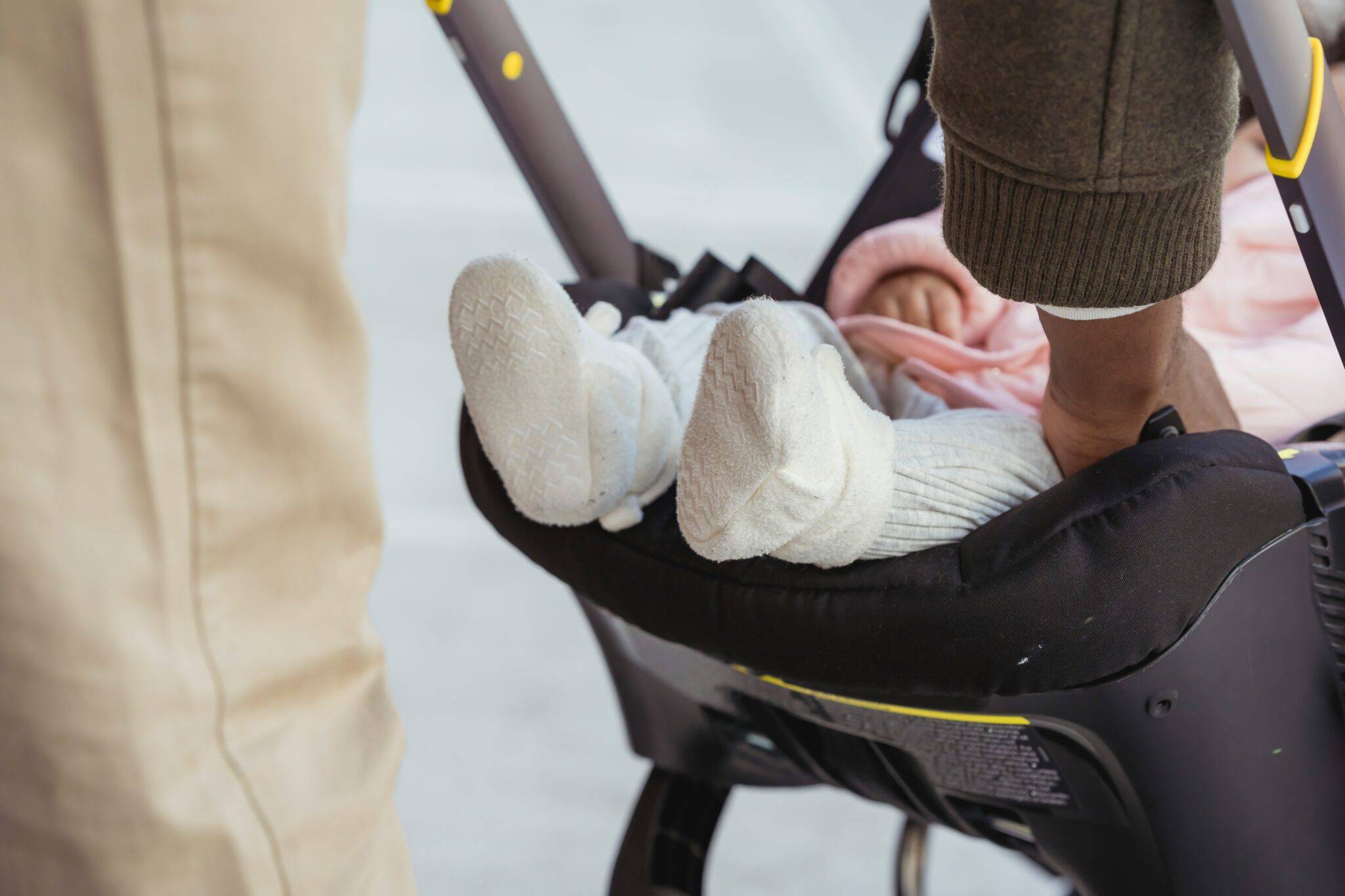As a new parent, ensuring your newborn’s safety and well-being can feel overwhelming, especially sleep. One question is whether it’s safe for a newborn baby sleep with pacifier. While pacifiers are helpful tools in calming and soothing your baby, understand the benefits and risks associated with their use, particularly during sleep.
This guide will explore the advantages of using a pacifier, discuss potential concerns, and provide safety tips to help you make the best decisions for your baby’s sleep routine.
Newborn Baby Sleep with Pacifier: The Benefits
- Reduced Risk of Sudden Infant Death Syndrome (SIDS)
One of the most compelling reasons why a newborn baby sleep with pacifier is the potential reduction in the risk of Sudden Infant Death Syndrome (SIDS). SIDS is the unexplained death of an otherwise healthy baby during sleep and is a major concern for parents.
Studies have shown that newborn baby sleep with pacifier during naps and bedtime lowers the risk of SIDS by 50–90%. The reason isn’t entirely clear; experts believe that pacifiers help maintain an open airway, encourage a forward position of the tongue, and prevent deep sleep states where babies might be more prone to breathing difficulties.
- Encouragement of Self-Soothing: Newborns have a natural reflex to suck, which is vital for feeding and means of comfort. Pacifiers satisfy this sucking reflex and your baby learns to self-soothe. This is useful when your baby is fussy, overstimulated, or settling for sleep. The ability to self-soothe is an important skill that leads to better sleep patterns as your baby grows.
- Improved Sleep Duration for Baby and Parents: Parents of newborns struggle with sleep deprivation as they adjust to the demands of caring for a baby. A newborn baby sleep with pacifier improves sleep duration for your baby and you. If your baby wakes up at night and can find their pacifier, they soothe themselves back to sleep without crying out for you. This leads to longer stretches of uninterrupted sleep, which benefits the whole family.
- Reduced Discomfort During Plane Travel: A pacifier is a valuable companion if traveling with your baby, especially by air. During takeoff and landing, the change in air pressure causes discomfort in your baby’s ears. Sucking on a pacifier equalizes the pressure in their ears and reduces discomfort, making the journey smoother for both of you.
While these benefits are appealing, it’s crucial to balance them with safety measures to ensure your baby safely enjoys the benefits of a pacifier, particularly during sleep.
Newborn Baby Sleep with Pacifier: Potential Risks
- Impact on Breastfeeding
This is particularly concerning during the early weeks of your baby. Experts worry that introducing a pacifier too soon causes nipple confusion, where a baby has difficulty distinguishing between the breast and the pacifier. This leads to issues with latching and interferes with establishing a strong breastfeeding relationship. To avoid this, it’s recommended that you wait until breastfeeding is well established, typically around 3-4 weeks, before introducing a pacifier.
- Increased Risk of Ear Infections
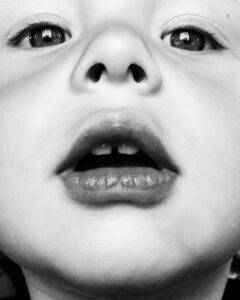
Evidence suggests that pacifier use is associated with an increased risk of ear infections, also known as otitis media. This risk is significant in babies over 6 months old. The exact reason isn’t fully understood, but it’s related to the way sucking on a pacifier affects the pressure in the middle ear. If your baby is prone to ear infections, limit pacifier use or consult your pediatrician for advice.
- Dental Issues from Prolonged Use
While pacifiers are helpful in the first year of life, prolonged use beyond infancy leads to dental problems. Extended pacifier use, particularly beyond the age of two, affects the alignment of your baby’s teeth and the shape of their mouth. This leads to an open bite, where the teeth don’t come together properly when the mouth is closed. To prevent these dental issues, wean your baby off the pacifier by age one or earlier.
Safety Tips for Using a Pacifier During Sleep
1. Choose the Right Pacifier Size and Shape
Pacifiers come in different sizes and shapes, designed to accommodate your baby’s development. For newborns, choose a pacifier for their smaller mouths. Newborn pacifiers have a smaller nipple and a shield that fits against the baby’s face without covering the nose.
The right size ensures comfort and reduces the risk of the pacifier becoming a choking hazard. In addition to size, consider the shape of the pacifier. Orthodontic pacifiers support the natural development of your baby’s teeth and gums, with a flattened bottom and rounded top that mimic the shape of a mother’s nipple. Orthodontic pacifiers are a better choice if you’re concerned about potential dental issues in the future.
2. Avoid Using Pacifier Clips or Strings During Sleep
While pacifier clips and strings are convenient for keeping the pacifier within reach during the day, they’re dangerous during sleep. Any string, cord, or clip attached to a pacifier poses a strangulation risk if it entangles around your baby’s neck. For this reason, remove any attachments before placing your baby to sleep with a pacifier. Let your baby use the pacifier without any accessories during sleep to keep them safe.
3. Prioritize Pacifier Hygiene
Maintain a clean pacifier, especially in the first few months when their immune system is still developing. Before the first use, sterilize the pacifier by boiling it for 5 minutes. After the initial sterilization, regularly wash the pacifier with hot, soapy water, particularly if it falls on the floor or comes into contact with unclean surfaces. For convenience, use pacifier wipes designed to be safe for babies. Keeping the pacifier clean prevents the spread of germs and reduces the risk of infections.
4. Introduce the Pacifier as a Sleep Aid, But Don’t Force It
Pacifiers are a helpful sleep aid but don’t force them on your baby. If your baby takes to the pacifier and finds it comforting, it becomes a valuable tool for falling and staying asleep. If your baby rejects the pacifier, respect their preference. Forcing a pacifier leads to frustration for you and your baby and creates negative associations with sleep. Additionally, if your baby spits out the pacifier during sleep, there’s no need to reinsert it unless they show signs of wanting it back.
5. Regularly Inspect the Pacifier for Damage
Pacifiers are made from materials that wear down over time, especially if frequently used. Regularly inspect the pacifier for signs of damage, such as cracks, tears, or discoloration. A damaged pacifier breaks apart and poses a choking hazard, so it should be replaced immediately. As a rule, pacifiers should be replaced every 4-6 weeks, even if they don’t show signs of wear. Keeping spare pacifiers ensures you always have a safe and clean option.
6. Avoid Dipping the Pacifier in Sweet Substances
Some parents are tempted to dip the pacifier in honey, sugar, or other sweet substances to make it more appealing to their baby. This practice is dangerous for several reasons. Due to the risk of botulism, honey should never be given to infants under one year of age. Although rare, botulism is a serious illness in infants caused by bacteria present in honey. Also, exposing your baby’s developing teeth to sugar increases the risk of tooth decay, even before teeth have fully emerged. Offer the pacifier plain, without additives.
7. Plan for Pacifier Weaning
While pacifiers are beneficial in the early months, start weaning your baby off by 6–12 months. Prolonged use leads to dental issues and makes transitioning away from it harder later. The weaning depends on your baby’s attachment, but starting early and being consistent makes the transition smoother. Begin by limiting pacifier use to sleep times only, then gradually reduce its availability until your baby no longer needs it.
When Not to Use a Pacifier
- Breastfeeding Challenges: If you’re experiencing difficulties with breastfeeding, such as latching or milk supply, it’s best to delay introducing a pacifier until breastfeeding is well established. Introducing too early leads to nipple confusion, where the baby has trouble switching between the breast and the pacifier. To avoid this, wait until breastfeeding is smooth, usually around 3-4 weeks, before offering a pacifier.
- Frequent Ear Infections: If your baby experiences frequent ear infections, limit pacifier use, especially during sleep. Studies suggest that pacifier use increases the risk of ear infections, particularly in older infants. Consult your pediatrician to determine the best approach.
- Signs of Overreliance: If your baby becomes overly dependent on the pacifier for comfort or sleep, it’s a sign to start the weaning process. While pacifiers are helpful tools, your baby should also learn other ways to self-soothe. Gradually reducing pacifier use and encouraging alternative comfort methods helps your baby develop a more balanced approach to soothing.
Balancing Pacifier Use with Safe Sleep Practices
Pacifiers are an effective tool for helping your baby sleep, but they should be used with safe sleep practices. Creating a safe sleep environment reduces the risk of SIDS and other sleep-related issues. Here are additional tips so your baby sleeps safely
- Always Place Your Baby on Their Back to Sleep: The safest sleep position for a newborn is on their back. This position reduces the risk of SIDS and should be used for all sleep times, including naps. Even if your baby uses a pacifier, always place them on their back to sleep.
- Keep the Crib Free of Soft Objects: While a pacifier is generally safe for sleep, other objects in the crib pose significant risks. Keep the crib free of pillows, stuffed animals, blankets, and bumper pads, as these items increase the risk of suffocation. Instead, dress your baby in a sleep sack or wearable blanket to keep them warm without loose bedding.
- Create a Comfortable Sleep Environment: A comfortable and safe sleep environment is key to helping your baby sleep well. Keep the room at a comfortable temperature of 68-72°F (20-22°C), and use a fan or white noise machine to create a soothing atmosphere. Avoid overheating your baby by dressing them in light, breathable clothing and using a sleep sack instead of blankets.
- Maintain a Consistent Sleep Routine: Establishing a consistent sleep routine helps your baby know when to sleep and makes the transition smoother. A bedtime routine includes a warm bath, gentle rocking, reading a book, or singing a lullaby. If you use a pacifier as part of this routine, ensure it’s offered after breastfeeding (if you’re breastfeeding) to avoid nipple confusion.
FAQs about Pacifiers and Newborn Sleep
Q: Is it safe for a newborn baby to sleep with a pacifier all night?
A: Yes, it’s generally safe for your newborn to sleep with a pacifier all night, as long as you follow the safety tips. If the pacifier falls out during sleep, there’s no need to reinsert it once your baby is asleep.
Q: What if my baby refuses the pacifier?
A: Not all babies take pacifiers, and that’s fine. Some babies prefer other methods of self-soothing, such as sucking on their hands or being rocked to sleep. If your baby isn’t interested in a pacifier, don’t force it. There are many other ways to help your baby sleep and feel comforted.
Q: How can I prevent pacifier use from affecting my baby’s teeth?
A: To prevent pacifier use from affecting your baby’s teeth, wean them by one year old. Before this age, the risk of dental issues is minimal, but prolonged use leads to problems with teeth alignment and mouth development.
Ensure Safe and Restful Sleep with a Pacifier
A pacifier is a helpful and safe way to soothe your newborn and encourage better sleep for your baby and yourself. By following the safety tips, your baby will enjoy the benefits of a pacifier during sleep. Every baby is different, and what works for one might not work for another.
For more advice on keeping your baby healthy and happy, explore the resources available at Omegapediatrics.com. Whether seeking guidance on sleep practices or other aspects of newborn care, our blog offers valuable insights for new parents.
- Why Newborn Baby Smile While Sleeping: Expert Insights and Explanations
- 4 Things to Consider in Creating a Safe Sleep Environment for Your Baby

